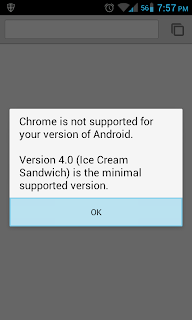For the past school year I have been forced to use Windows for various proprietary applications that we are required to use in MBA school. =( I have been running Fedora within VMWare Player within Windows 7 on my Thinkpad T410s. Today I wiped my laptop, installed Fedora 16, and I am attempting to install a KVM guest of Windows 7 x64 from an ISO image using
these instructions. Unfortunately, shortly after the ISO boots in KVM it fails with this BSOD.
A quick Google search reveals seemingly nothing related to KVM. On a hunch, I ran the qemu-kvm command that libvirt launched, and it printed this error message:
KVM not supported for this target
There were some Fedora 15 era bugs with this error, but nothing more recent. BIOS has Virtualization enabled, and lsmod shows kvm and kvm_intel loaded. After reloading kvm_intel, I see this kmsg:
kvm: VM_EXIT_LOAD_IA32_PERF_GLOBAL_CTRL does not work properly. Using workaround
Oddly enough, the previous
KVM not supported for this target message no longer happens. This however has no effect on the BSOD.
Has anyone successfully installed Windows 7 in Fedora 16 KVM?
UPDATE: Windows 7 x64 install worked in kvm on RHEL6 on a different machine. For some reason, only Windows 7 x32 works on my Thinkpad T410s with Fedora 16 x86_64. Makes no sense...





